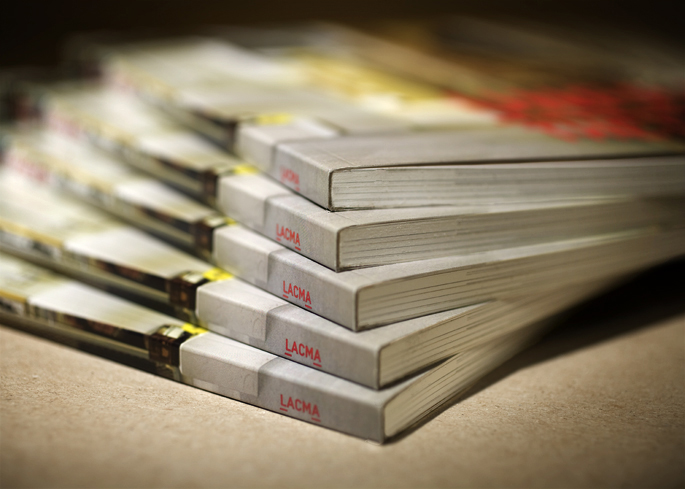
EVA or PUR Perfect Binding, which is best?
At Glendale, one question we are regularly asked is which is best PUR or conventional EVA Perfect Binding. There are other important considerations that really should looked at before any decision is made. Let us have a look at several things that should always be studied before a purchase.
Firstly, the difference between the two types of binding is just the type of adhesive used to bind the book. The actual machinery is similar, and the finished product can look identical. Conventional perfect binding uses ethylene vinyl acetate (EVA) adhesive whereas PUR binding uses polyurethane reactive (PUR) adhesives. Put simply, the binding only differs by way of the type of glue used. It is the properties of each type of adhesive, however, which is important in determining which is suitable.
PUR adhesives are stronger than EVA adhesives. The difference in strength is reported to be between 40-60% in pull tests. This is very important if the book being produced will be rigorously used. PUR glue is also reported to withstand varying temperatures better than EVA once the bind has taken place. This, in theory, should keep a PUR bound books spine ridged throughout its life span. The strength that PUR adhesive offers, make it the best choice if you need to bind thick boards, acetates, laminates and UV coated print. It will for adhere to these products just as well and uncoated papers. This is the appeal of PUR, what you can bind is limitless compared to EVA. But, do you really need to bind this type of product? Another plus for PUR is that it will produce excellent books with ‘lay-flat’ qualities. As PUR adhesive is very strong, this allows a smaller amount of glue to be adhered to the spine, in turn this enables more flexibility when laying a book open.
It is not all good news for PUR though. One thing that must be taken into consideration when deciding on the best solution for you, is the glue lifespan when open. EVA glue can be placed in binder, used, and then not used until reheated 4 weeks later. That luxury is not afforded to PUR. Once PUR glue has come in to contact with air, its lifespan is dramatically reduced. This means that it is difficult to not waste any of the adhesive when using PUR. Another factor to consider is that because PUR is so strong you must clean your binder after every use. Special cleaning products can be purchased, and the time needed isn’t as long as previously, but it can still add 20 minutes on to the time it takes to complete a job.
EVA adhesives are still very effective and now there is a ‘hybrid’ glue available. In tests, this glue has proved to be 80% as strong as PUR. Could this be a game changer? EVA was originally designed to be used with uncoated stock but paper has changed and with the new glues available it has undoubtedly improved. A perfect binder that will apply glue to spine and the sides of books can now produce a fantastic quality finished document. EVA adhesives and binding machines are also less expensive than their PUR counterparts, this can be a deciding factor is any decision.
In summary, both processes have their own advantages. The question 'which is best’ probably needs to be changed to ‘which is most suitable’. Our friendly team at Glendale are happy to help find the best solution for you. Get in contact with us and we can help you find the right ‘perfect’ binder for your requirement.
